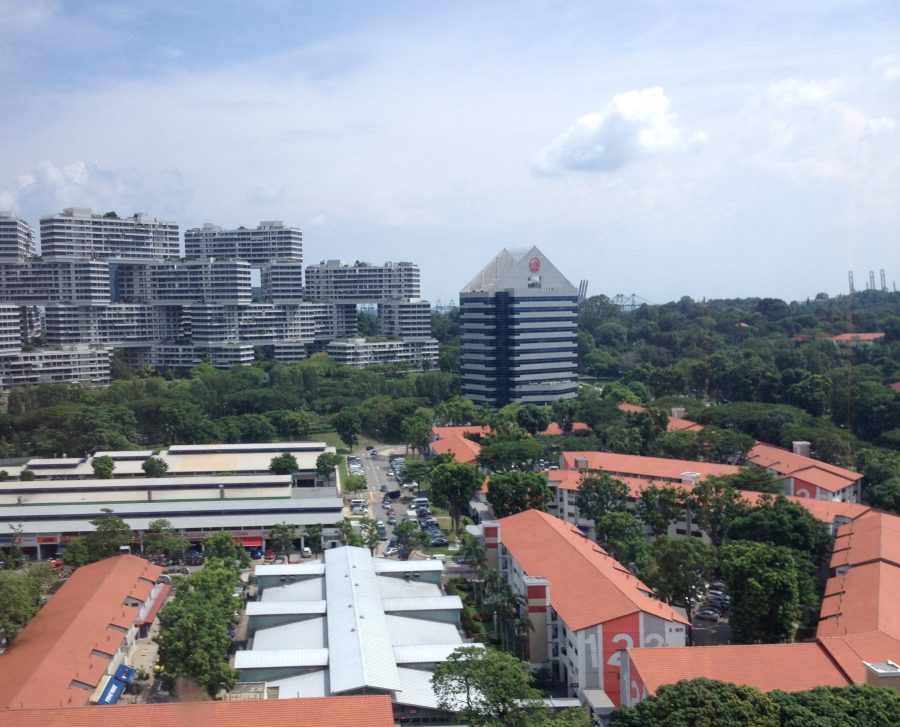With our very own Black Country setting out to be a Garden City (1) we were delighted to be asked to present some training to the Singapore National Parks Department, fifty years after then Prime Minister Lee Kuan Yew set out his garden city vision to transform Singapore into a city with abundant lush greenery and a clean environment in order to make life more pleasant for the people (2).
The Singapore Garden City concept has proved to be remarkably successful. An initial tree planting phase was boosted by legislation in 1975 to mandate government agencies and private developers to include space for trees and greenery in all developments, including new roads. A ten fold increase in the area of city parks then helped to provide more recreational space and “green lung” ventilation for residents. The addition of green corridors to link parks, and the establishment of nature reserves accompanied an education programme to raise awareness among all Singaporeans. As the city grew upwards as well as outwards, new legislation in 2008 required greenery in construction, generating a remarkable flowering of innovative green architecture, in the form of green roofs, cascading vertical gardens, and verdant walls. An urban forest of “super-trees”, up to 50m tall and supporting solar panels and thousands of plants, in the Gardens by the Bay project (2013), represents one of the planet’s most visually stunning artificial landscapes.
Most of these initiatives pre-dated the articulation of ecosystem service concepts, in which natural capital, in the form of green infrastructure, delivers essential functions that benefit people, making the city liveable and promoting health and well-being. The city looks good and feels good as a place to live, work and visit.
The self-evident success of the garden city vision in Singapore makes UK events such as the felling of hundreds of healthy street trees in Sheffield (3) bewildering. While local people clearly understand, It seems that the multiple benefits of trees and greenspace for liveable cities need to be spelled out to decision makers, developers, professional advisers and contractors at all levels. Good natural capital and ecosystem service tools can play a key part here, to enable the benefits to be demonstrated from the earliest stages of strategy and project development right through to delivery and monitoring.
The Black Country Garden City Vision is yet young; the opportunities are clear. The government’s recently published 25 Year Environment Plan (4), with its commitment to Environmental Net Gain, can set the framework if translated into robust policy. A step change in the governance of city greenspace is now needed to turn these opportunities into reality.
- Black Country Garden City. Black Country Local Enterprise Partnership website, accessed 1 May 2018.
- Singapore to become beautiful, clean city within three years. (1967, May 12). The Straits Times, p. 4. Retrieved from NewspaperSG; Lee, K. Y. (2000). From third world to first: The Singapore story: 1965-–2000: Memoirs of Lee Kuan Yew(p. 188). Singapore: Times Editions: Singapore Press Holdings. Call no.: RSING 959.57092 LEE-[HIS]
- For the Chop: The Battle to Save Sheffield’s Trees. The Guardian, Manchester. 25th February 2018.
- ‘A Green Future: Our 25 Year Plan to Improve the Environment’ HM Government, January 2018.

